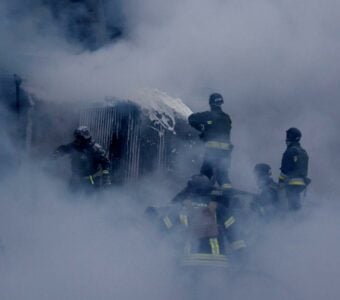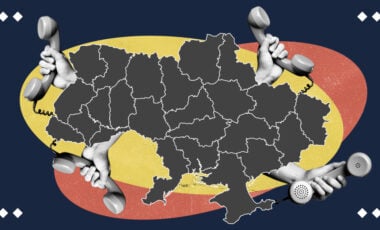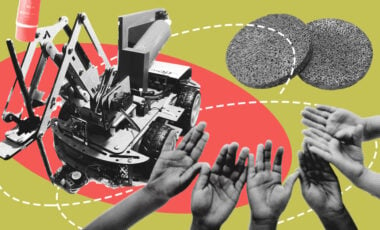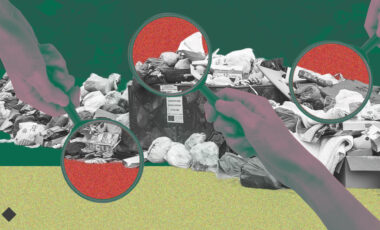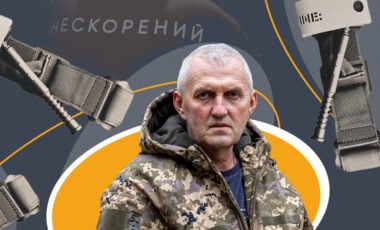Ukraine plans to produce demining machines, train 500 sappers annually

Photo: Vitalii Nosach, RBC-Ukraine
The Ministry of Defense of Ukraine intends, with the support of the United States, to create a modern sapper training center that will train 500 specialists in humanitarian demining per year. Ukraine is also planning to launch its own production of demining machines.
The First Deputy Minister of Defense, Oleksandr Pavliuk, announced that.
He highlighted that Ukraine possesses its own educational establishments that provide training for demining specialists, yet the quantity of these institutions is inadequate when considering the scope of mines. As such, the Ministry of Defense is actively engaging in the pursuit of assistance from partner countries.
In particular, the Ukrainian Ministry of Defense launched a joint project with Tetra Tech, which operates on behalf of the US State Department.
"The result of our cooperation will be the creation of a modern center with the capacity to train 500 specialists in humanitarian demining per year," Pavliuk said.
According to him, sappers will be trained according to international standards and can use the most modern methods and equipment for demining. As part of the training, individuals will be trained from entry-level to the highest possible level of EOD-3+.
Pavliuk emphasized that one of the key needs for demining is modern robotic platforms and machines for mechanized demining. Ukraine receives substantial assistance from partners and donor organizations, but the needs of units clearing demined territories are met by only 10% within the limits of international aid.
Therefore, the Ministry of Defense is working on finding solutions and mobilizing resources, including Ukrainian enterprises. Recently, the first interdepartmental meeting was held regarding the possibilities of producing modern equipment and machinery for demining in Ukraine by domestic companies.
According to Pavliuk, they discussed, in particular, several developments of Ukroboronprom in the production of demining machines based on T-64A tanks, the already existing production of armored vehicles for transporting explosive objects, as well as the production of the necessary equipment: from drones and manual means of demining to trawls and robotic platforms.
"This was only the first, basic stage of our work. And we have to involve our enterprises as much as possible because this is an upliftment of the economy and a prospect for Ukraine," the First Deputy Minister of Defense emphasized.
For reference:
The HALO Trust, a leading global demining organization, has estimated that the land contaminated by mines and explosive remnants of war (ERW) in Ukraine is roughly equivalent to the size of the United Kingdom.
Reports from the New York Times indicate that Russian troops, who once occupied many areas of southern Ukraine, left behind a number of mines and booby traps. Ukrainian sappers continue to survey and clear land mines to restore normalcy to the region, particularly in the Kherson region.
Open-source data collected by HALO has indicated that nearly 200 civilians have been killed in mining accidents since the war started. However, this is likely to be a significant underestimate. Cluster munitions, which the Russian forces have used to shell liberated territories, can potentially spread unexploded bomblets over a large area.
Read also –Ukrainian farmer invents novel solution for demining fields
Ukrainian agricultural holding Nibulon launches its own humanitarian demining unit




